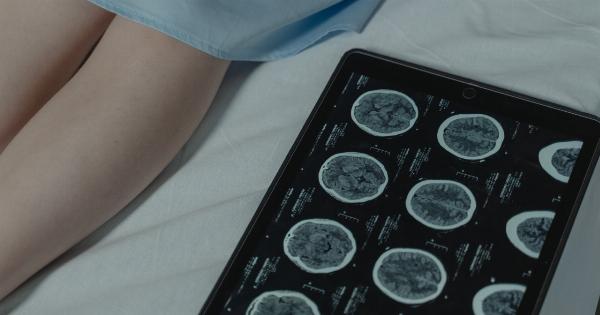When it comes to healthcare, communication between patients and doctors is essential for effective treatment and improved outcomes.
However, a recent study has found that patients with a higher education level are more likely to disagree with their doctors. This raises important questions about the dynamics of patient-doctor relationships and the potential impact on healthcare outcomes.
Understanding the Study
The study, published in the Journal of Medical Communication, aimed to examine the relationship between a patient’s education level and their agreement or disagreement with their doctors.
The researchers collected data from a diverse group of patients and physicians across various medical specialties.
The Impact of Education
The findings of the study revealed that patients with a higher education level disagreed more frequently with their doctors compared to those with lower education levels.
This disagreement encompassed a wide range of issues, including treatment plans, medication choices, and even diagnostic decisions. The researchers speculate that patients with more education might feel more empowered to question their doctors and seek alternative viewpoints.
The Role of Trust
Trust is a crucial factor in any patient-doctor relationship. It is built on effective communication, mutual respect, and shared decision-making.
Patients with a higher education level might have higher expectations of their doctors, leading to higher levels of distrust when their opinions differ. This could result in more disagreement and a breakdown in the therapeutic alliance.
Communication Styles and Preferences
Patient-doctor communication styles and preferences can also differ based on education levels.
Patients with higher education might prefer a more active and participatory role in their healthcare, desiring to be highly involved in treatment decision-making. On the other hand, patients with lower education levels might have more trust in their doctors’ expertise and be more accepting of their recommendations.
These differing communication styles can create a mismatch in expectations, potentially leading to disagreements.
Doctors may need to adapt their communication approaches to meet the needs and preferences of patients with higher education levels, employing shared decision-making and providing evidence-based information to support their recommendations.
The Importance of Health Literacy
Health literacy plays a significant role in patient-doctor disagreements among patients with higher education levels. While education level is often associated with higher health literacy, it does not guarantee it.
Health literacy refers to a person’s ability to understand and apply health-related information to make informed decisions. Patients who are highly educated but have low health literacy may still struggle to comprehend complex medical information, leading to confusion and disagreement with their doctors.
Improving Patient-Doctor Relationships
Addressing the issue of patient-doctor disagreement among patients with higher education levels requires a multi-faceted approach. Here are some strategies that can help improve these relationships:.
1. Enhancing Communication Skills
Physicians can benefit from training and resources that help improve their communication skills. This includes active listening, empathy, and providing clear explanations to address patient concerns.
By adopting a patient-centered approach, doctors can create an atmosphere of trust and open communication.
2. Understanding Patients’ Perspectives
Doctors need to put themselves in their patients’ shoes and gain a better understanding of their perspectives.
By recognizing the factors that contribute to misunderstandings and disagreements, physicians can tailor their communication strategies accordingly.
3. Respectful Dialogue and Shared Decision-Making
Both doctors and patients should engage in respectful dialogue and shared decision-making to ensure treatment plans align with patients’ values and preferences.
Doctors can present evidence-based information and discuss the risks and benefits of different treatment options, allowing patients to actively participate in decision-making.
4. Enhancing Health Literacy
Improving health literacy among patients, regardless of their education levels, is crucial. Physicians can support this by using plain language, visual aids, and written materials that are easy to understand.
Additionally, they can encourage patients to ask questions and seek clarification to promote better comprehension.
5. Incorporating Technology
Technological tools, such as patient portals and electronic medical records, can facilitate communication and shared decision-making.
Patients can access their health information, review treatment options, and communicate with their doctors through secure messaging systems. This empowers patients and enhances their involvement in their healthcare decisions.
The Bottom Line
The relationship between patients and doctors is a crucial component of effective healthcare delivery.
Patients with a higher education level may be more inclined to disagree with their doctors due to differing communication styles, expectations, and health literacy levels. Improving patient-doctor relationships requires open and respectful communication, shared decision-making, and enhancing health literacy. By addressing these factors, we can promote better understanding, trust, and improved healthcare outcomes.






























